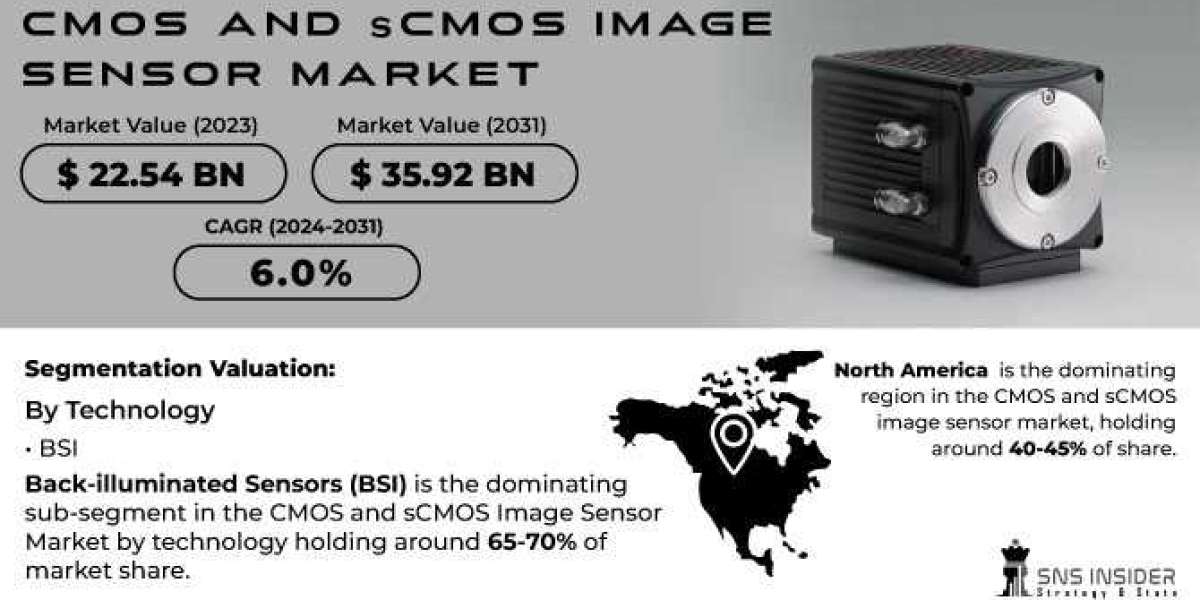CMOS (Complementary Metal-Oxide-Semiconductor) and sCMOS (Scientific CMOS) image sensors are pivotal technologies in the field of digital imaging, offering superior performance in capturing high-quality images. CMOS sensors are widely used in consumer electronics, such as smartphones and digital cameras, due to their low power consumption, high integration, and cost-effectiveness. sCMOS sensors, a specialized variant, cater to high-end applications requiring exceptional image quality and sensitivity, such as scientific research, astronomy, and advanced industrial imaging.
CMOS sensors operate by converting light into electrical signals using complementary metal-oxide-semiconductor technology, which allows for the integration of many functionalities on a single chip. sCMOS sensors build on this technology with enhancements for improved performance in low-light conditions and higher dynamic range, making them suitable for applications demanding precise and detailed imaging.
The CMOS and sCMOS Image Sensor Market was valued at USD 22.54 billion in 2023 and is projected to reach USD 35.92 billion by 2031, with a CAGR of 6% during the forecast period from 2024 to 2031.
Future Scope
The future of CMOS and sCMOS image sensors will be shaped by advancements in sensor technology, including increased resolution, enhanced sensitivity, and faster processing speeds. Innovations such as back-illuminated sensors and advanced pixel designs will further improve image quality and performance. The integration of AI and machine learning for real-time image processing and analysis will also become more prevalent, enabling applications in autonomous vehicles, robotics, and smart city infrastructure.
Trends
Key trends in the image sensor market include the growing adoption of high-resolution CMOS sensors in consumer electronics and the increasing demand for sCMOS sensors in scientific and industrial applications. The development of sensors with improved low-light performance and higher frame rates is also notable. Additionally, there is a trend toward integrating image sensors with other technologies, such as AI and IoT, to enhance functionality and application versatility.
Applications
CMOS image sensors are used in a wide range of applications, including consumer cameras, smartphones, and security systems. They are valued for their cost-effectiveness and versatility. sCMOS sensors are utilized in specialized fields such as scientific research, medical imaging, and astronomy, where high sensitivity, low noise, and precise image capture are critical.
Solutions and Services
Manufacturers offer a range of CMOS and sCMOS image sensors tailored to different applications, including varying resolutions, frame rates, and sensitivity levels. Services such as customization, integration support, and technical assistance are provided to help users select and implement the most suitable sensor for their needs. Additionally, ongoing research and development efforts focus on enhancing sensor capabilities and expanding their potential applications.
Key Points
- CMOS sensors are widely used in consumer electronics, while sCMOS sensors cater to high-end applications.
- Future advancements include higher resolution, improved sensitivity, and AI integration.
- Trends involve high-resolution adoption, low-light performance, and sensor technology integration.
- Applications span consumer cameras, scientific research, medical imaging, and astronomy.
- Solutions and services include customization, integration support, and technical assistance.
Read More Details: https://www.snsinsider.com/reports/cmos-and-scmos-image-sensor-market-3693
Contact Us:
Akash Anand — Head of Business Development Strategy
Email: info@snsinsider.com
Phone: +1–415–230–0044 (US) | +91–7798602273 (IND)














